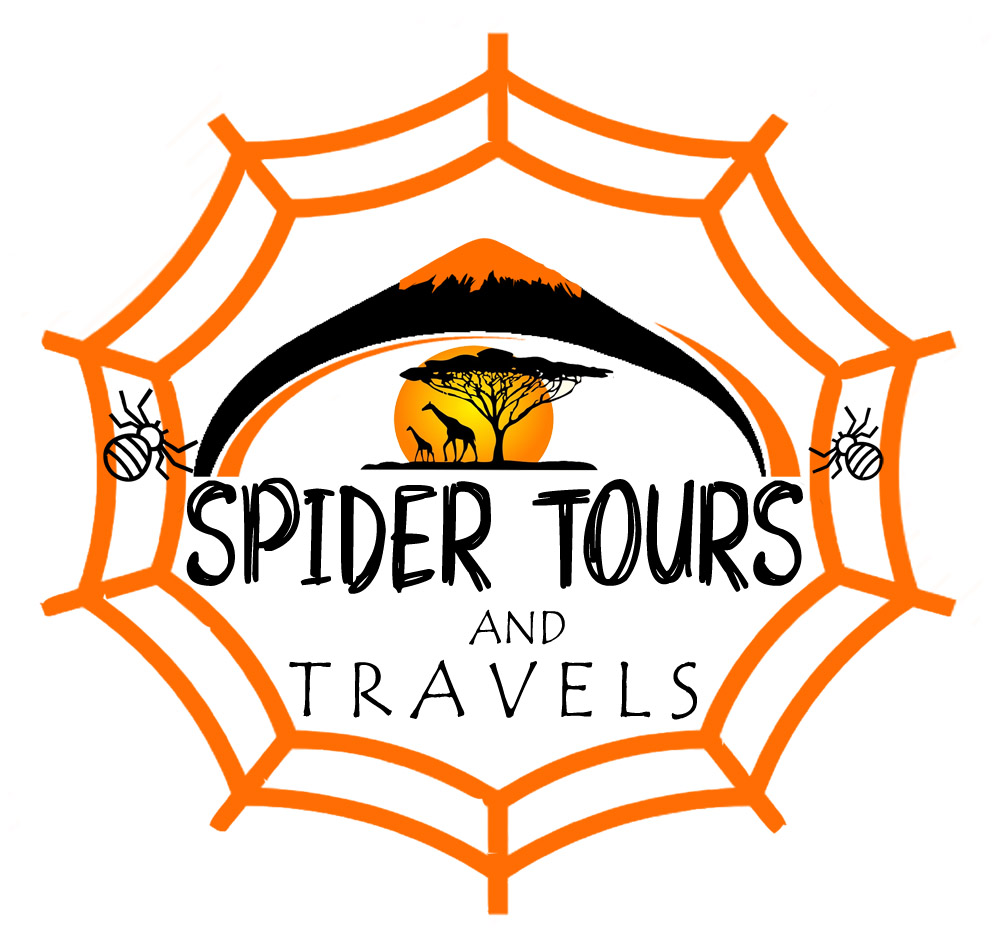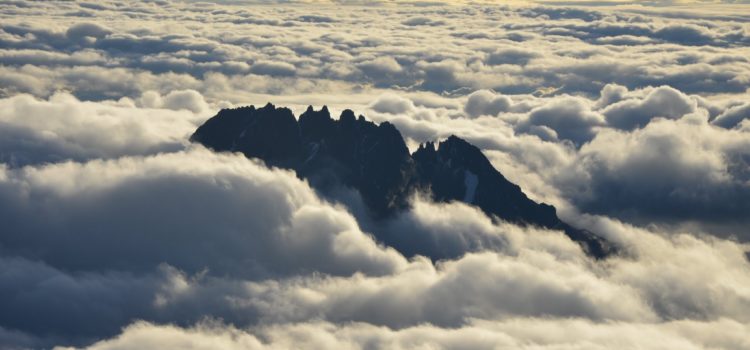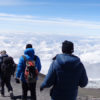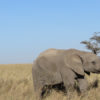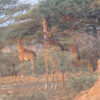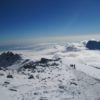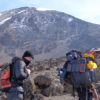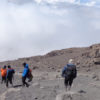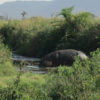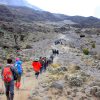Choose Your Route
There are seven main routes up Kilimanjaro. Each one varies in terms of difficulty, traffic, and scenic beauty, and choosing the right one for you is a key part of the planning process. Timings depend on which route you choose, with hikes taking anywhere from five to 10 days. The routes with the highest success rate are those that take longer and ascend at a gradual rate, allowing climbers to acclimatize to the change in altitude. Marangu is traditionally considered the easiest route but Rongai, Lemosho, and Northern Circuit have the highest success rates.
Top Tip: Allow time for a longer trek in order to maximize your chances of reaching the summit.
Pack Carefully
It’s important to find the balance between packing light and making sure that you have everything you need. Layers are crucial given the diversity of Kilimanjaro’s climate. You’ll need sun protection for the lower reaches, and warm clothes for the summit. A good quality sleeping bag is essential, as is a basic first aid kit (your operator should provide more extensive safety items, including oxygen and a defibrillator). It is possible to rent equipment on-site, although quality and fit vary greatly.
Remember to pack spare batteries for your camera, and photocopies of your passport/ insurance documents.
Top Tip: Make sure to carry cash for tipping your guide and your porter, who will carry up to 30 lbs/15 kg of your personal gear for you.
Get Acclimatized
Altitude sickness is the single biggest reason for failed summit attempts on Kilimanjaro. The best way to acclimatize to the mountain’s extreme altitude is to choose a route that ascends gradually, taking six days or longer. Certain medications (like Diamox and Ibuprofen) may help to lessen the effects of altitude sickness, while hydration (preferably with purified water) is also important. Altitude sickness can affect anyone, regardless of your training or fitness, and as such it’s vital that you are able to recognize the symptoms.
Read up on the effects in advance, and be prepared to descend if necessary.
Top Tip: Learn your limits and don’t attempt to push them. When it comes to Kilimanjaro, slow and steady really does win the race.
Budgeting for Your Trip
A Kilimanjaro trek can cost anywhere from $2,400-$5,000 or more per person. This fee should include camping, food, guides, park fees and transport to and from the mountain. You need to make sure that your food is decent, that your guides and porters are fairly treated and well trained and that you get a good night’s sleep. While the shorter routes are cheaper, your chances of reaching the summit are significantly reduced as a result of poor acclimatization. If you opt for a “good deal” make absolutely sure that your guides and porters are well-equipped to handle emergencies.
Find a Tour Operator
Experts estimate that only 65% of climbers reach the summit of Kilimanjaro, but your chances increase significantly if you choose the right operator. It is compulsory to climb Kilimanjaro with a guide, and although it is possible to find independent guides for slightly cheaper rates, organized tours offer a better experience and better back-up in case of emergency. Operators vary from first-class to downright negligent, so it’s important to be selective and to prioritize safety over cost. Thomson Treks is a respected operator with a 98%+ success rate.
